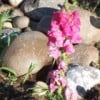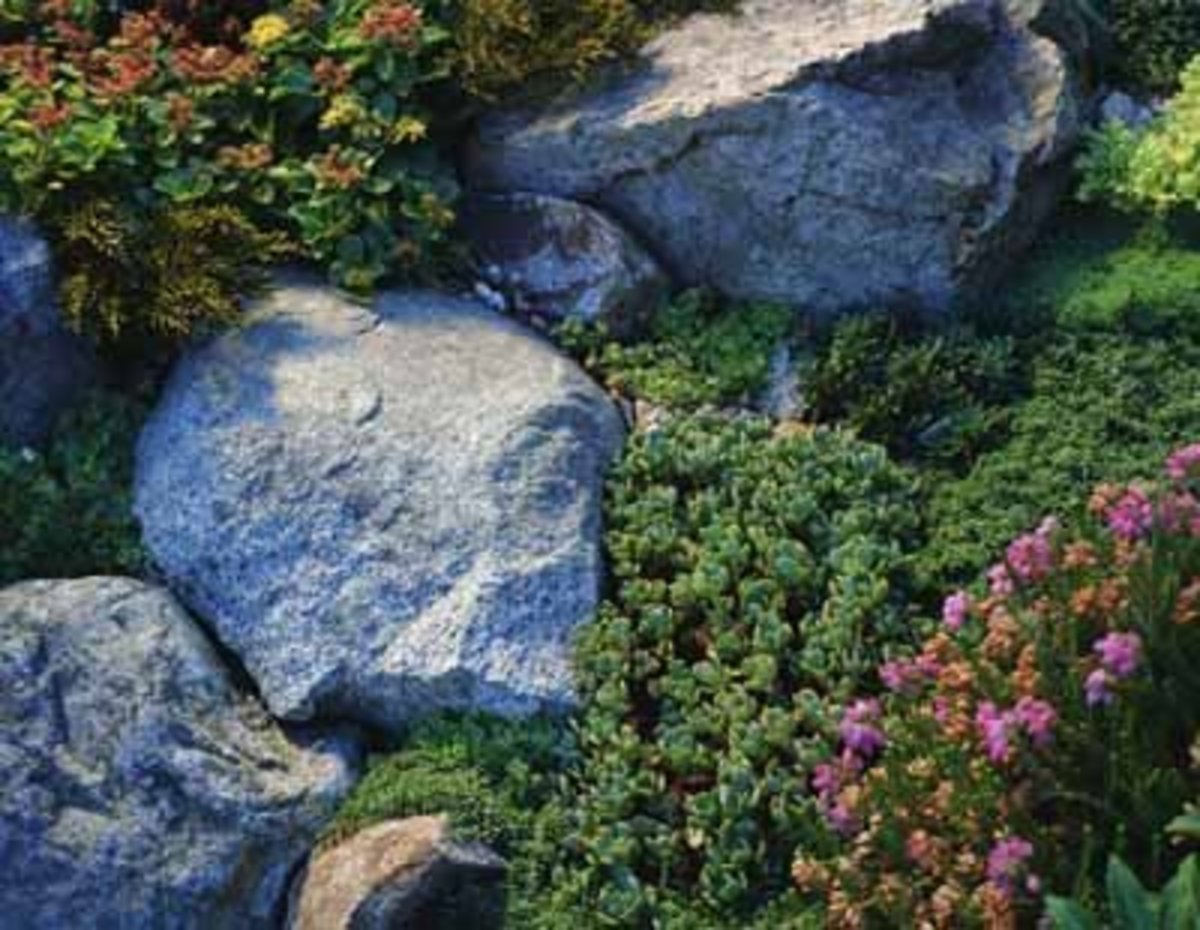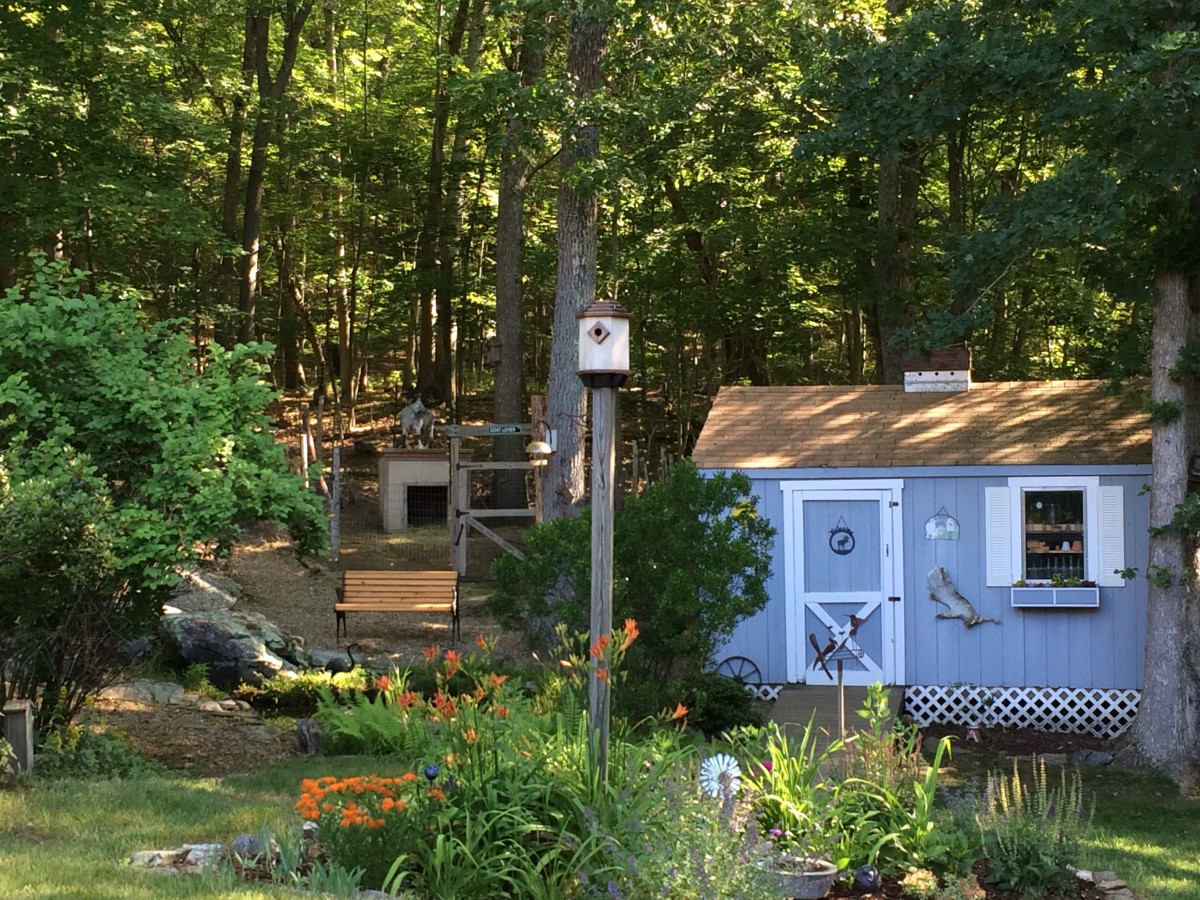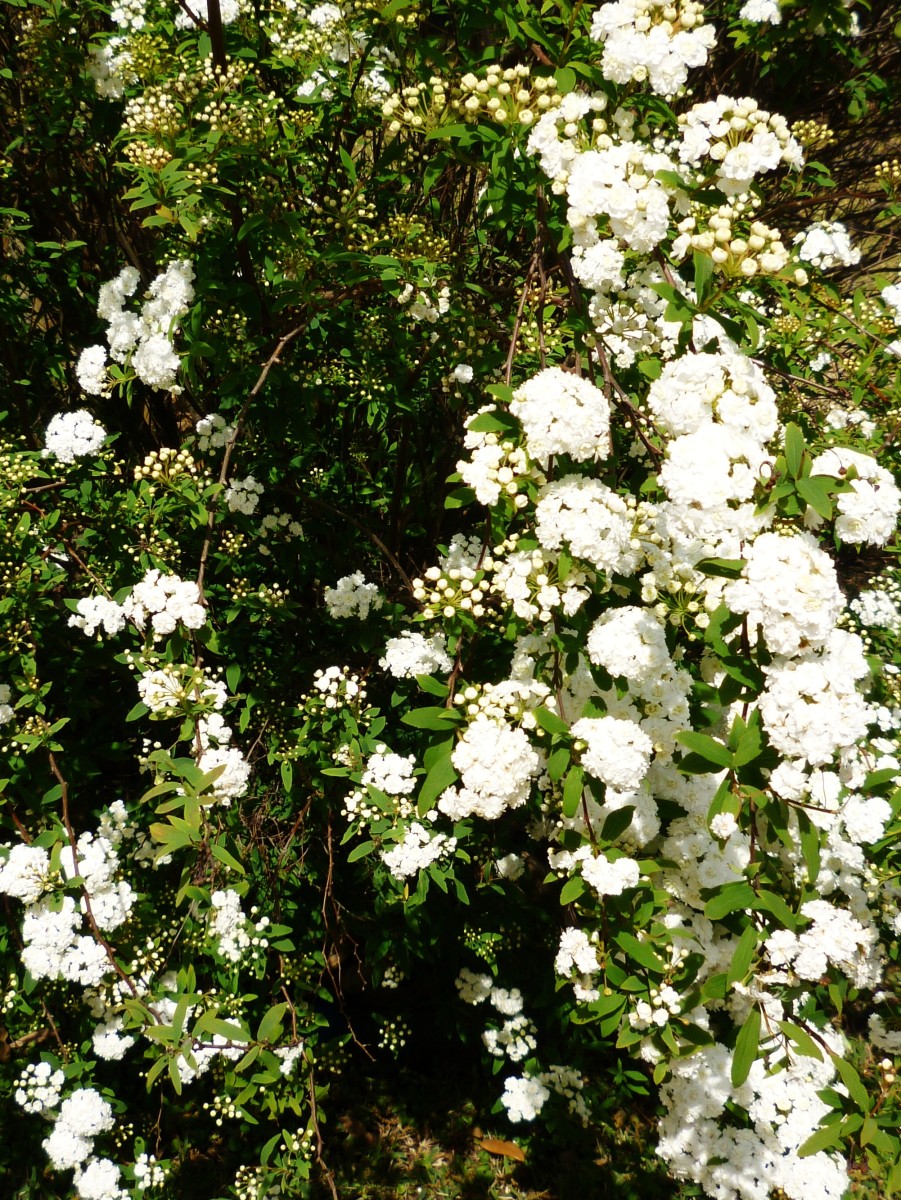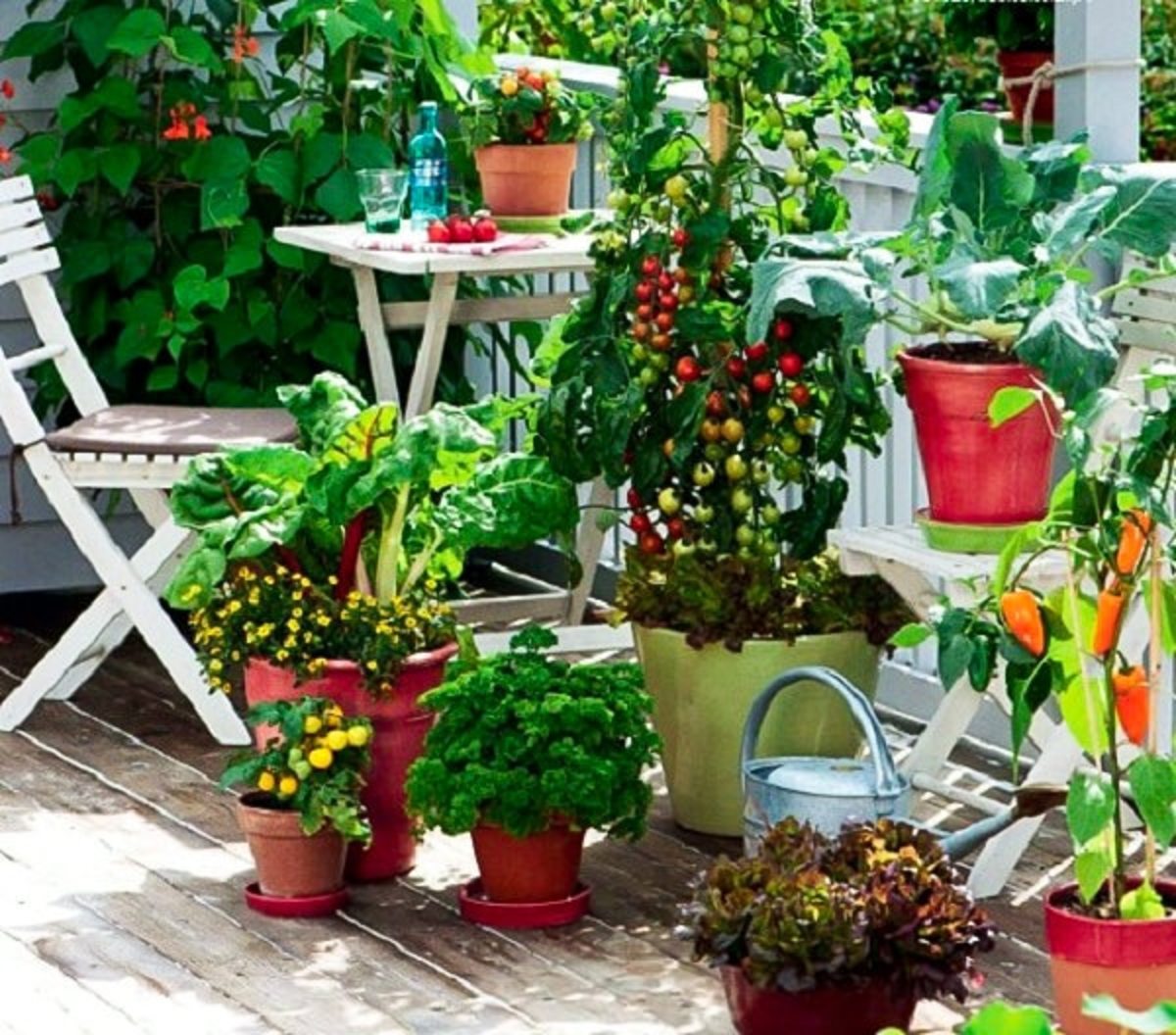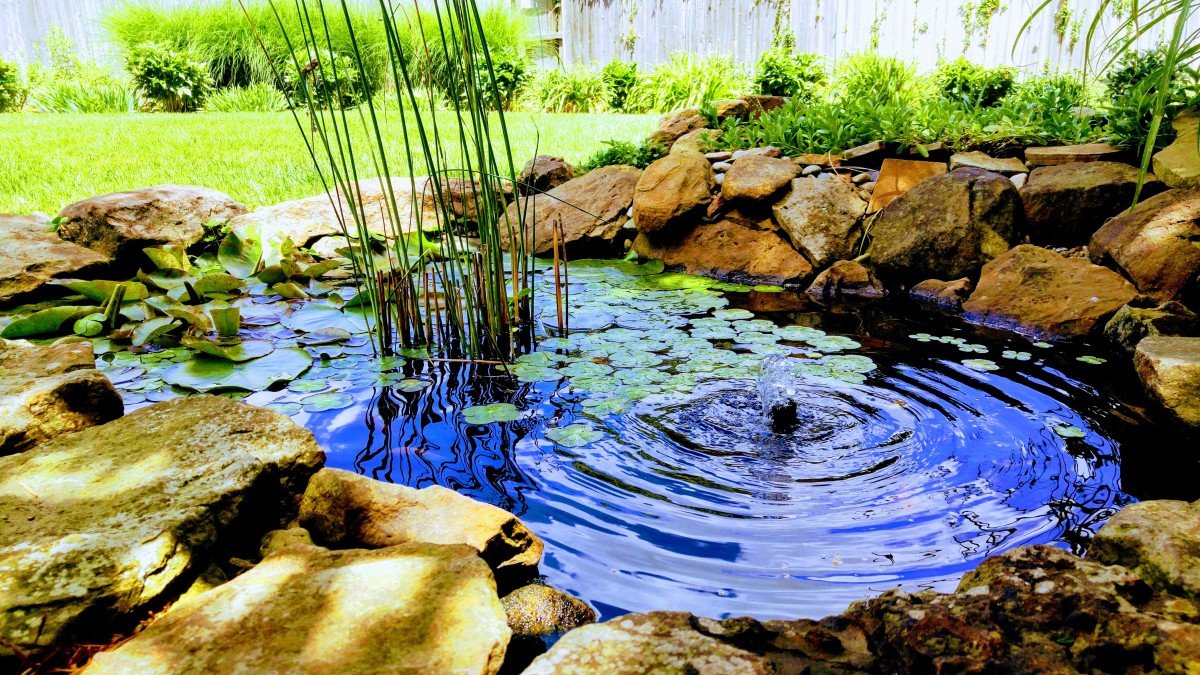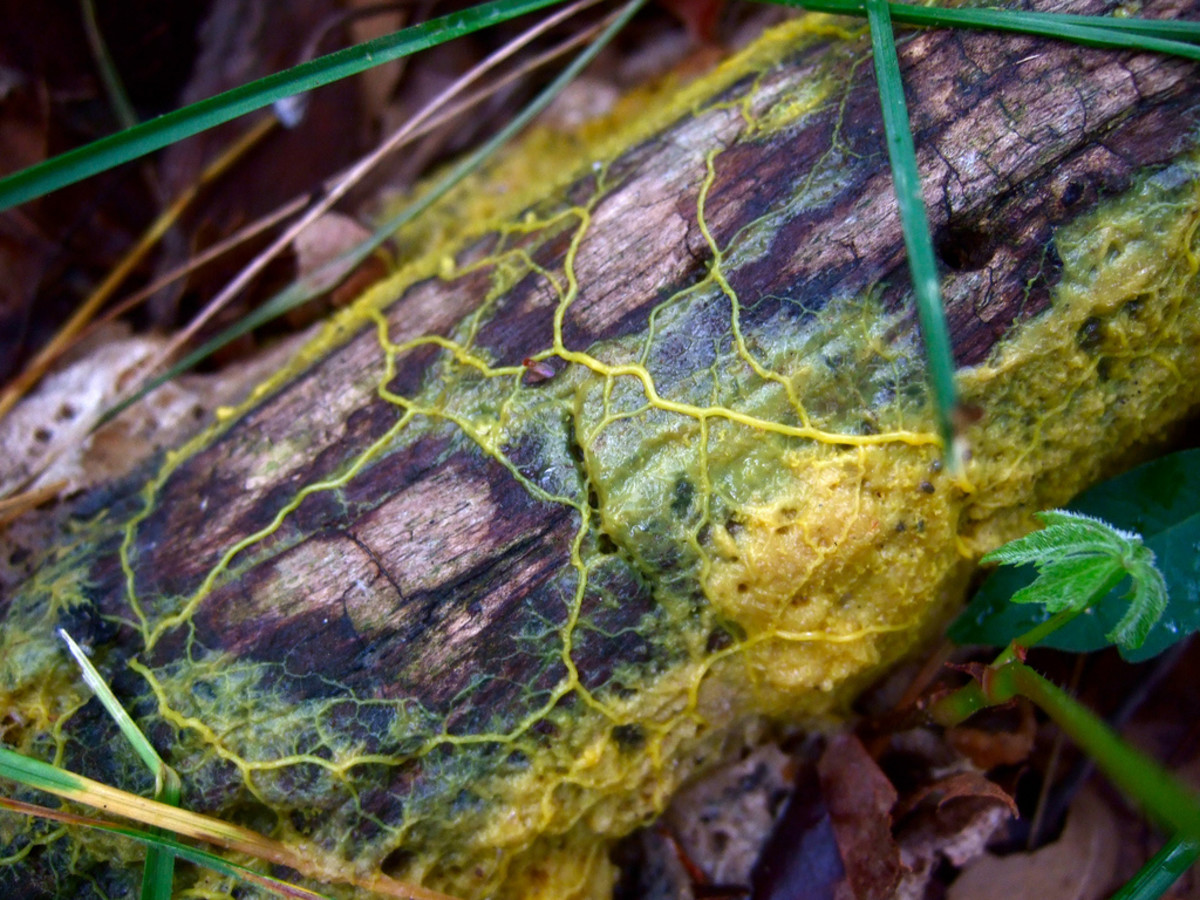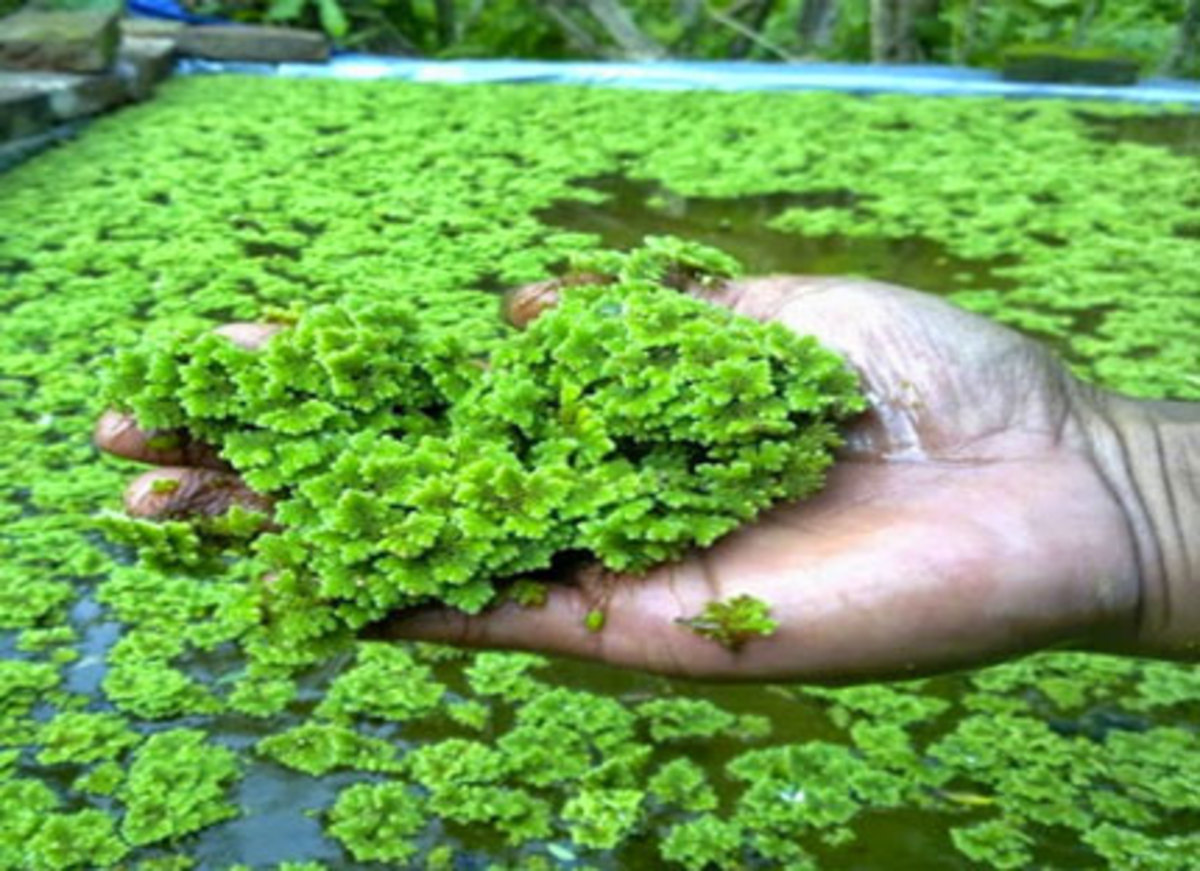Easy Garden Landscaping Plants
Easy Flower Garden Centerpiece for Your Lawn
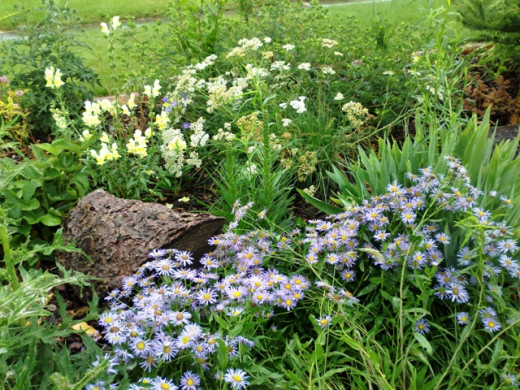
Garden View Image
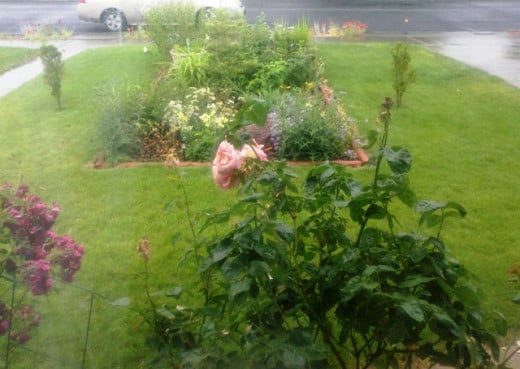
Daisy, Basket of Gold, and Other Natural Landscape Elements
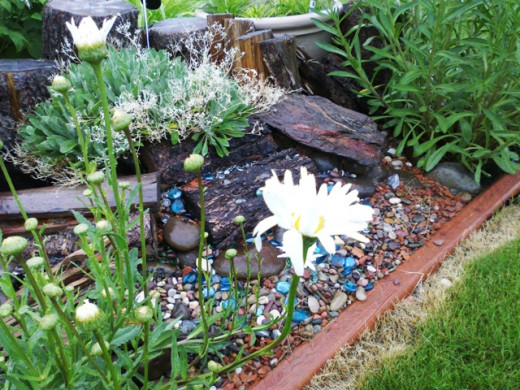
Easy Plants for Landscaping
Great Garden Activity: Take Photos of Your Garden
By taking photos of your garden in its early stages, as well as in its mature stage, you will end up with a handy, visual reference guide that you can review in the early spring when you are trying to figure out which new growth is a weed or a plant you want to keep.
There was a summer when I kept thinking this weed was going to turn into a beautiful flower. It turned out that I had pulled the flower and ever so lovingly cultivated a weed. Had I taken some photos the year before, I wouldn't have spent two more years pulling milkweed from all the seeds that went flying around in the fall after my mistaken-identification debacle.
Low-Maintenance Landscaping Approach Produces Great Results
While this garden will always be a work in progress, I did have a goal of creating lushness that would not be high maintenance. I wanted to plant it once, and then be able to enjoy it for several years before having to change things up.
This meant that choosing the right plants was a crucial aspect of my plan from the beginning. Because I live in an area that can have very cold temperatures in the winter and blazing hot summer months, I began with hopes of creating garden color and texture that would last for years and not die out from exposure to temperature extremes.
In looking for plants, I found that many of the traditional plants found in most gardens in this geographical area are here for a reason. They are hardy plants standing up well to both cold and hot weather.
Because I wanted to create landscape that would be long lasting, full of color and texture, and not require a lot of moving and reworking once it was in, I knew the older varieties of tried and true plants would be the best choice for garden longevity.
My next challenge was to do something that would look unique instead of planting and using these plants in the same old way that you see in garden after garden. I decided to try for a look that would be similar to what a person would see in a woodland park. Earthy, natural, but groomed and colorful, too.
Some Perennial and Annual Plants in this Garden (Photo Above)
Garden Plants
| How They Grow
|
|---|---|
Yarrow (Both wild and domestic).
| Wild yarrow in this area is usually white. Domestic yarrow can be found in yellow, white, pink, reddish orange and peach.
|
Daisies
| Some varieties grow as tall as 3 to 5 feet. Others top out around 18 inches.
|
Purple Wild Daisies
| Love the sun. Grow up to around 18 inches. Perennial. Spread at root.
|
Yellow Snap Dragon
| These plants will survive the winter if it doesn't get too cold. Otherwise they can be grown by seed or purchasing seedlings. Variety of Colors.
|
All of these plants can be placed in close proximity in the garden.
Unique Rock Garden
The photo above is called the Gravel Pit Garden around the house. It took a couple of years for it to finally start looking good. The wild flower seed mix I sprinkled over the gravel had too many different types of seed and many of them struggled to grow in the rocky soil. The poppies, larkspur, and bachelor buttons are the three that seemed to adapt to this environment.
Landscape Rock With Flowers
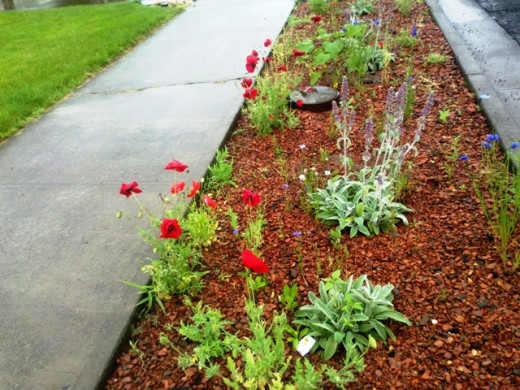
Garden Plants in the Photo Above
Type of Plant
| How it Grows
|
|---|---|
Poppy
| Grows by seed and can be a perennial. Will shift or spread a little season to season.
|
Lamb's Ear
| This plant likes sun, but also likes part shade. Spreads by seed and by root. Perennial.
|
Larkspur
| Comes back from seed. Likes full sun.
|
These plants were hardy enough to thrive in a rock garden. The did receive adequate water, however.
Larkspur in Rock Garden
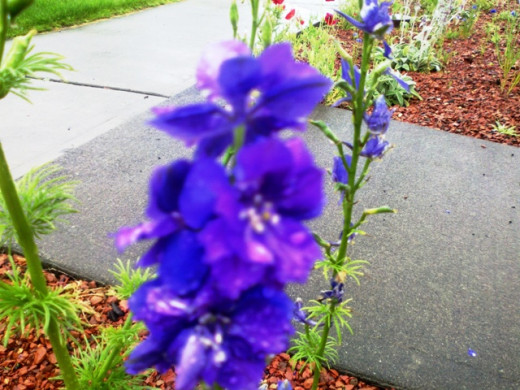
Landscape With Common Garden Plants
Photos of June Garden in the Rain
On a rainy day in June, I wanted to be outside. It was about 68 degrees outside with no wind, and the rain was coming down steady, but not hard. I decided to go take some pictures of my garden while the leaves carried raindrops and the colors were deep and true.
Common Plants Make Great Landscaping Tools
As I was walking around my yard, I began to realize that my common garden plants had become works of art in their own right. None of the plants in my yard are exotic. Most of them are starts from my mother's and my sister's gardens. I just switched things around in a non-traditional way.
Several years ago, I was living in a space that had a very small garden area. I planted both flowers and vegetables together in the space with an eye toward how it would look when the plants were mature.
Now my home has more space to garden, but I still like the way things look when I create a sort of mash-up of fruits, vegetables, flowers, trees and shrubs.
Rhubarb used in Landscaping
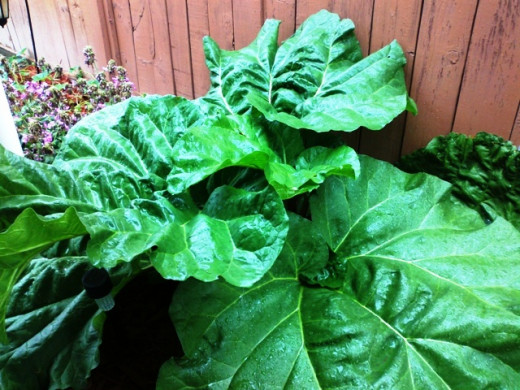
Easy Growing Plants
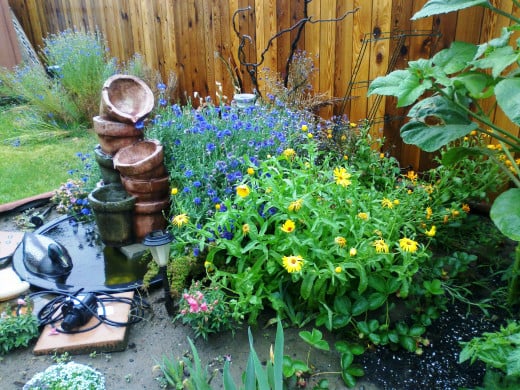
Create a lush, woodsy landscape with raspberry bushes.
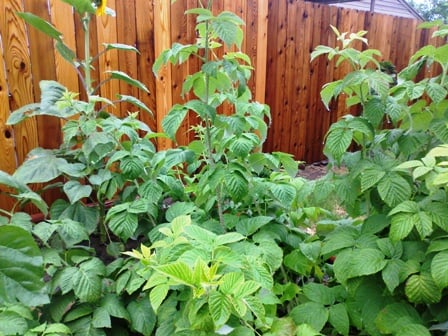
Berries can be Used as Landscape Tools
Common Plants
| How They Grow
|
|---|---|
Raspberries
| My raspberries seem to grow the best when they get a little shade each day from the hot sun. If transplanting, dig up the starts very early in the spring, just after the canes start leafing out. Clip back long canes to a height not more than one foot a day or two before digging.
|
Blue Berries
| Usually like 6 or so hours of sun each day. Give plenty of water while berries are on.
|
A table of common and traditional flowers, fruits, and vegetables and growing tips.
Does this Hub inspire your gardening creativity? Rate This Hub Now!
Save Money on Groceries by Growing Raspberries
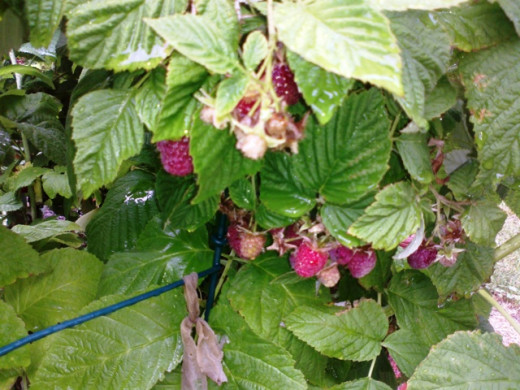
Books With Garden Ideas
A Kitchen Garden
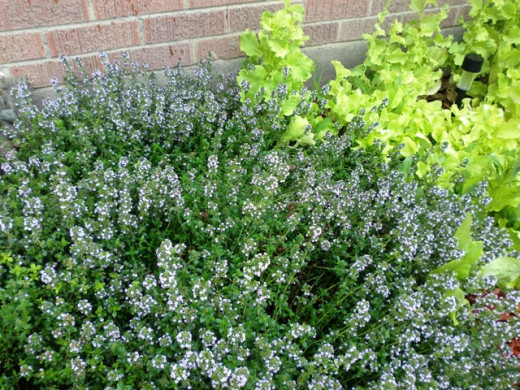
From Kitchen Garden to the Table
I like to keep a few plants by the back door for use in everyday cooking. I grow such plants as green onions, or bunching onions as they are sometimes called, parsley (mostly for garnishes), chives for color and cooking ingredients, thyme for the occasional need, and lettuce for salad filler and for garnish. This is what I call my Kitchen Garden.
These plants can all add drama and dimension to your outdoor space.
Create your own kitchen garden by planting a small plot or several planters with staples you use often, like onions, carrots, garlic and other handy ingredients for cooking.
Lettuce and Onions in the Kitchen Garden
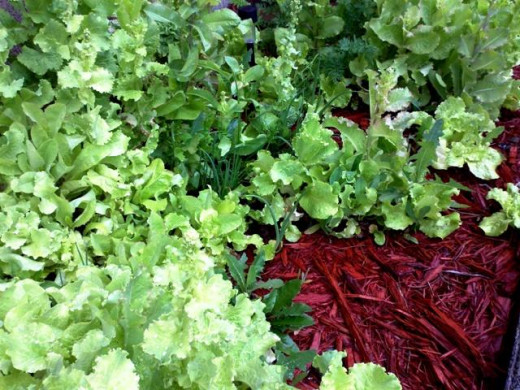
Parsley, Carrots and Lettuce Compete With Milk Weed
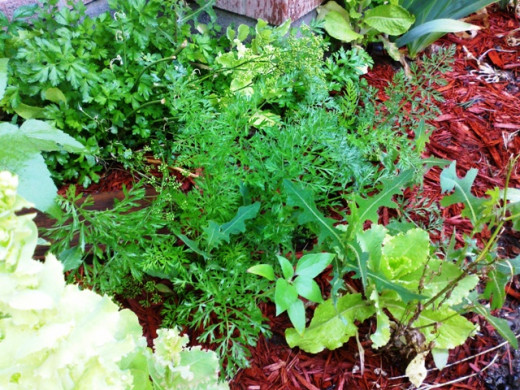
Thank You for Reading!
The goal of this Hub is to inspire people to experiment and have fun with their garden projects. I am no expert when it comes to gardening. Sometimes my ideas work out really well, and other times they do not. Still, this is an activity that brings me joy and a way to unplug, decompress, and enjoy the fruit of my labor.
Let me know if you enjoyed this hub, and please feel free to offer suggestions on how it could be made better.
Thanks again :) Nancy
Please Vote Here
Did I reach the goal for this hub?
© 2013 Nancy Owens
